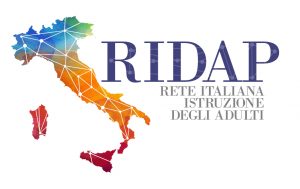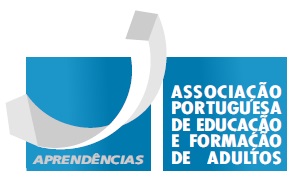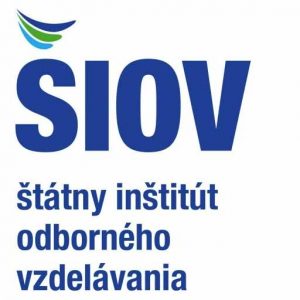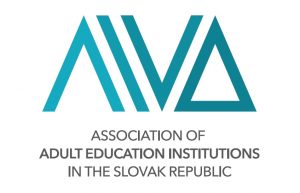Link between CPIA and initial VET providers with second level courses
Validation of non-formal and informal learning
The credit recognition process allows the personalization of the path for adults who re-enter the education system: it allows the enhancement of the skills acquired in any case and makes it possible to make the paths sustainable.
Reasons why the project / program is considered a “good practice”
The connection through modular planning favors the continuation of adult studies: the general education area and the specific area are managed in synergy between CPIA and initial VET providers; the connection favors the enhancement of the skills of each student and the personalization of the path; the student’s record book collects the scholastic experience and accompanies “vertically” the students who after the CPIA continue at the initial VET providers with second level courses.
Managing authority / organisation
CPIA Montagna
Main target group
Adult people in general
Source of funding
Public funds (national, regional …)
Stakeholders involved
CPIA and initial VET providers with second level paths that are part of the Network.
Contribution of the practice in improving / promoting the social inclusion of the beneficiaries
The connection between CPIA and initial VET providers of the Network favors the educational success of students who, with the achievement of a diploma, can have greater opportunities for inclusion into the labor market and for a better integration.
Elements of the project / program that could be easily transferred to other contexts
Modular design; the student’s record book; credit recognition vademecum.
Other potential target groups to which the project / program could be extended
Adults and young adults; migrants; women.
Practical evaluation carried out
Yes.
Results and measures taken after evaluation
In progress.
Participation data
On average, in the last three years, 25/30 students have benefited from the actions described and passed from the CPIA to the initial VET providers of the Network.
Description of the methods of implementation and any recommendations
Modular design update; implementation of vademecum to favor the establishment of increasingly shared procedures.
Project / program website or other online reference resources







